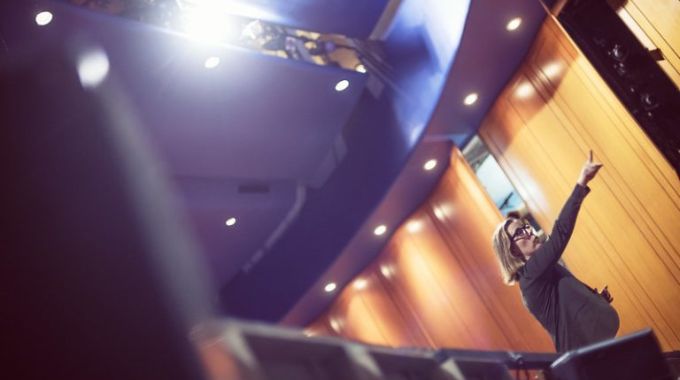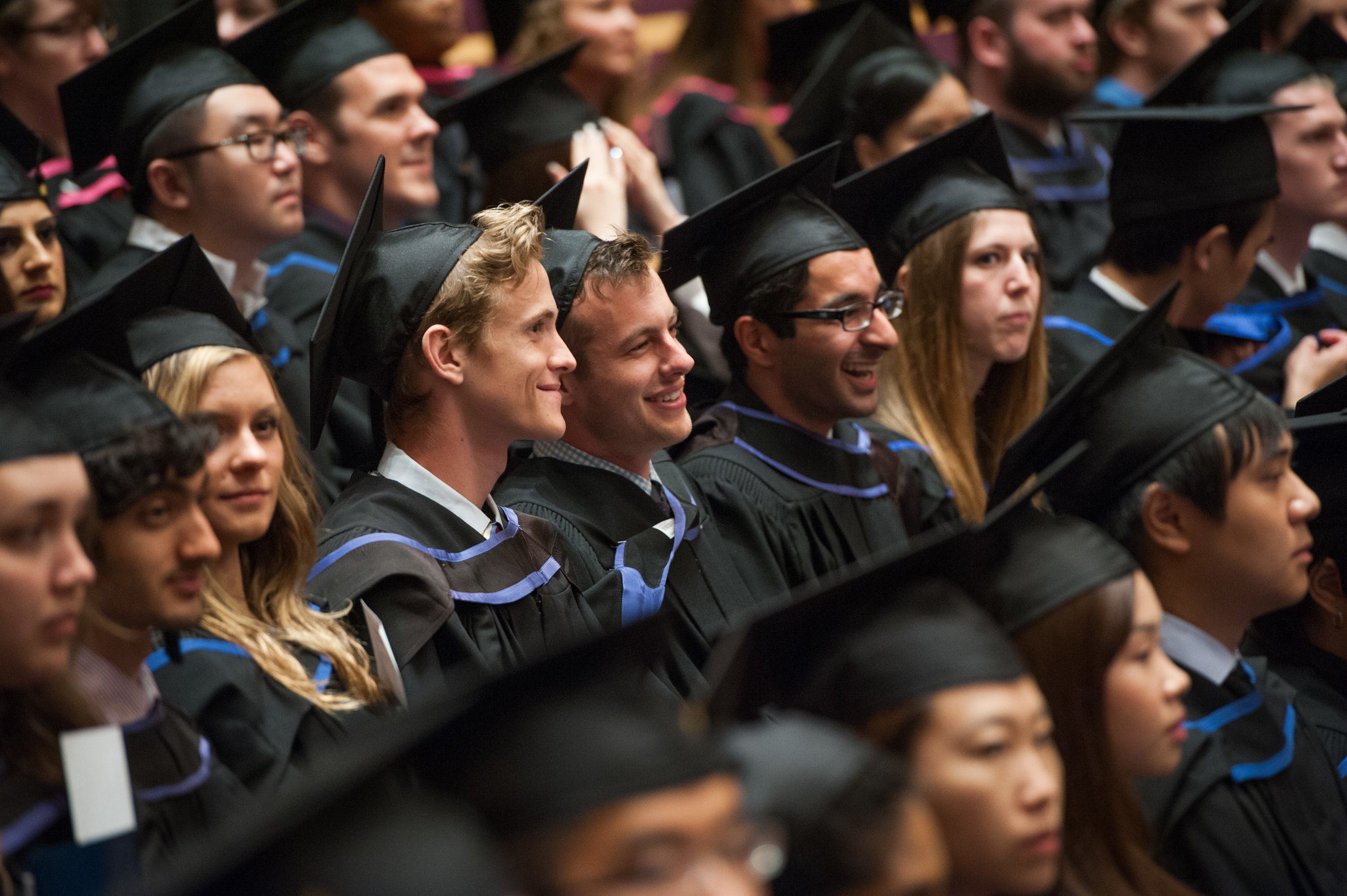Deadline for draft submissions: September 5, 2014
The emergence of queer theory from the fields of post-structuralism and feminism in the 1990s sought to destabilize identity and its attendant heteronormative and cisgendered ideological constructions. Grounded in discussions of gender and sexuality as social constructs subject to flux, queer theory resists the violence of identity politics and challenges the idea that gender and sexuality are part of the essential self. Queer is most often associated with lesbian, gay, bisexual, and transgender communities (LGBT), but may also be applied to such topics as cross-dressing, intersex, and gender ambiguity. It is less an identity than a critique of identity: a challenge to the male/female binary and to the normative and deviant classifications of sexuality.
What is the place of queer theory today? Are we entering a new chapter in queer theory and, if indeed we are, how may its interaction with film scholarship enrich and evolve the philosophical landscape of queerness? The scholarship of Judith Butler, Jack Halberstam, Lauren Berlant, and Lee Edelman (among others), as well as the work of philosophers Michel Foucault and Jacques Derrida has endowed queer theory with a vibrant academic framework upon which to be expanded. Texts such as Butler’s Gender Trouble (1990), Edelman’s No Future: Queer Theory and the Death Drive (2004), and Halberstam’s In a Queer Time and Place: Transgender Bodies, Subcultural Lives (2005) and The Queer Art of Failure (2011), have shaped the lively and ongoing discussion of queer politics and theory.
In Cinephile 10.2, coming Winter 2014, we seek submissions that explore the current state of queer theory in cinema, addressing its political legacy and its philosophy, as well as possible epistemological and methodological shortcomings that arise from queer theory’s deconstructionist project. Prospective contributors are encouraged to focus upon queer theory’s application to a range of cinematic and televisual texts and should not feel limited to discussions of queer-identified cinema. While use of queer visual texts is welcomed, we do not wish to discourage scholars taking queer scholarship in new directions by applying it to discussions of homosocial or heteronormative texts, for example. We also welcome intersectional perspectives that address queer theory as one part of a network that resists cultural hegemony.
Topics for consideration may include but are not limited to:
- Stereotyping and the politics of representation
- Masculinity and male homosexual desire
- Femininity and female homosexual desire
- Homosociality and homosocial desire
- Fetishism and scopophilia
- Queer spectatorship and the queering of the look
- Visibility and invisibility
- Queer space, place, and time
- Queer bodies and embodiment
We encourage submissions from graduate students, postdoctoral researchers,and faculty. Papers should be between 2,000-3,500 words, follow MLA guidelines, and include a detailed works cited page, as well as a short biography of the author. Submissions should be directed toward submissions@cinephile.ca and general inquiries toward info@cinephile.ca.
Cinephile is the University of British Columbia’s film journal, published with the continued support of the Centre for Cinema Studies. Previous issues have featured original essays by such noted scholars as Sarah Kozloff, K.J. Donnelly, Barry Keith Grant, Matt Hills, Ivone Marguiles, Murray Pomerance, Paul Wells, and Slavoj Žižek. Since 2009, the journal has adopted a blind peer-review process and has moved to biannual publication. It is available both online and in print via subscription and selected retailers.
Incoming editor: Claire Davis
Incoming artist: Kerry Grainger
More: http://cinephile.ca/call-for-papers-2/



